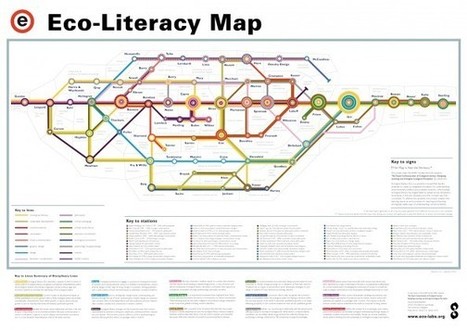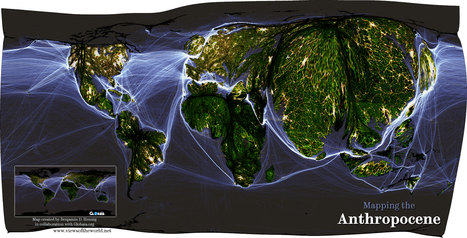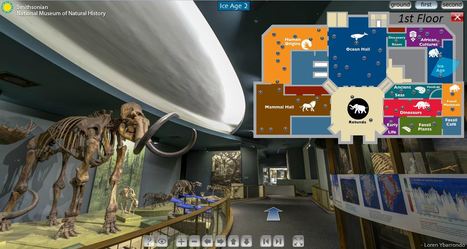As Robin Wall Kimmerer harvests serviceberries alongside the birds, she considers the ethic of reciprocity that lies at the heart of the gift economy.
Research and publish the best content.
Get Started for FREE
Sign up with Facebook Sign up with X
I don't have a Facebook or a X account
Already have an account: Login
Interesting links and articles related to IELTS, ESP, EAP and E-learning. Available to teach ESP, EAP, Research Skills, IELTS, TOEFL and General English.
Curated by
Dot MacKenzie
 Your new post is loading... Your new post is loading...
 Your new post is loading... Your new post is loading...
|

Anthony J. Sanci's curator insight,
October 16, 2018 8:22 AM
a Ted talk presented by Eric Sanderson, of New York City and the before premises and lost area of New York. Basically using different map area of 3D ideas of Manhattans fascinating a pre-city different are of things that come and disappeared. This high definition map also was used for military of the American revolution to see where all the ecological, river, and wildlife is. This has a different observation in looking at the different ecological geography
|














